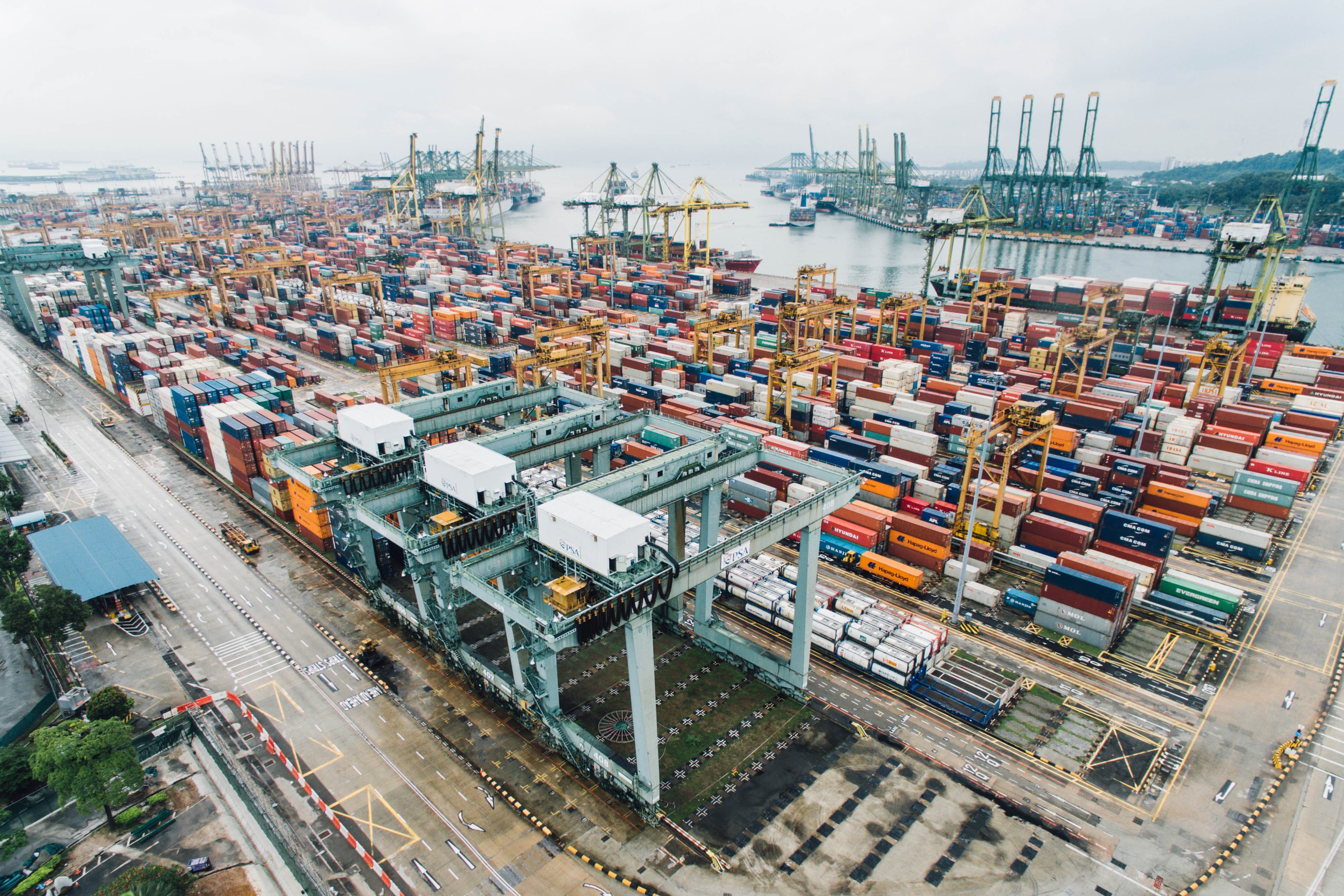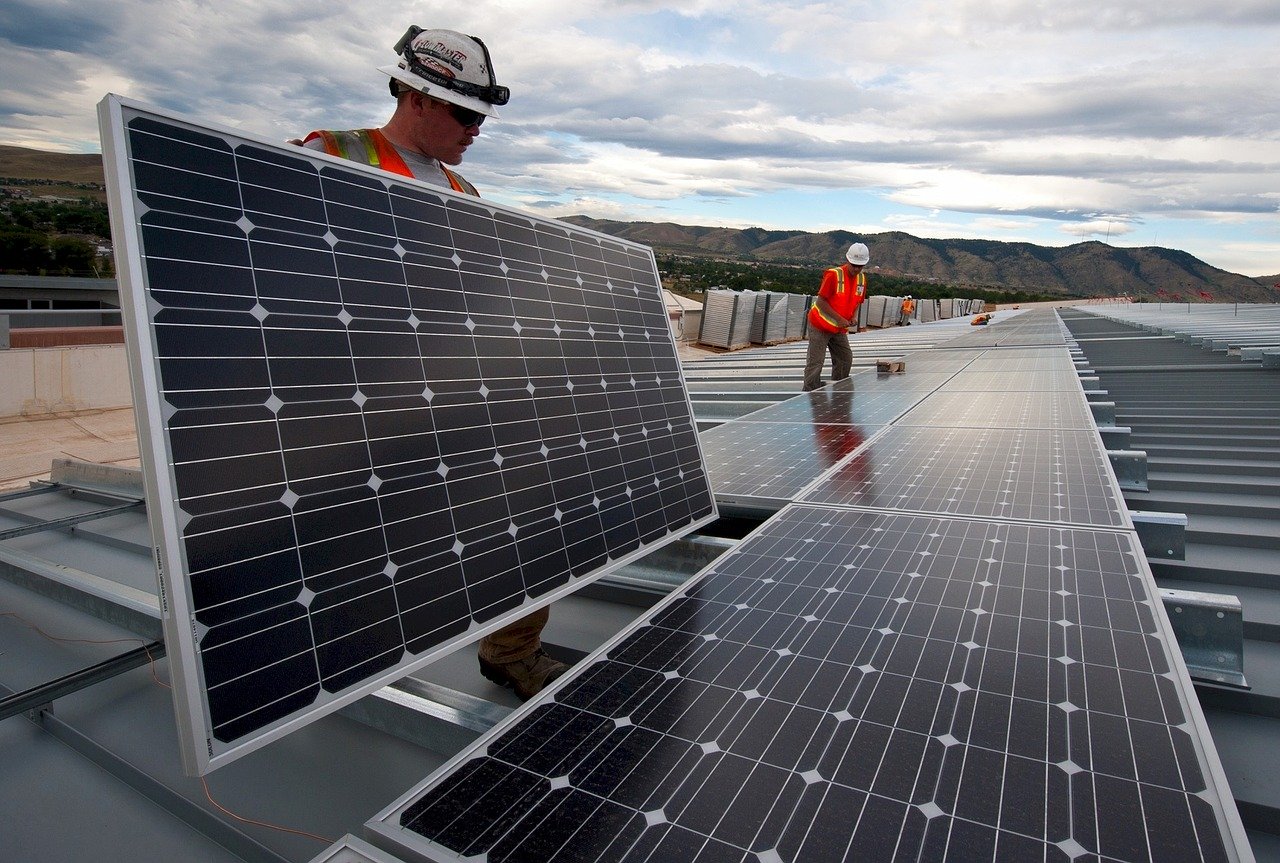38 results found
Cities are at the forefront of the pandemic crisis and are key players in the fight to achieve net-zero emissions targets. The recovery choices they make today will set urban agendas for years to come.
Cities are at the forefront of the pandemic crisis and are key players in the fight to achieve net-zero emissions targets, but they lack funding for essential services and infrastructure. Examples from recent projects demonstrate ways to increase support from private investors.

The Innovative Funding and Financing (IF&F) tool aims to help governments structure bankable projects that attract private investment, highlighting specific solutions for structuring projects to optimise private infrastructure investment.


A solar leasing project at Singapore's Jurong Port significantly reduced carbon emissions and generated cost savings.
Uganda is targeting a 22% emissions reduction from a business-as-usual scenario by 2030.
Uganda is targeting a 22% emissions reduction from a business-as-usual scenario by 2030. A run-of-river hydropower station project lowered energy costs and reduced greenhouse gas emissions.
With a USD3.7 trillion global infrastructure investment need that continues to widen, and government debt levels substantially higher than they were after the global financial crisis, recent infrastructure bond issuances offer valuable lessons.
In this panel discussion, participants will be introduced to approaches to attracting institutional investors and mobilising capital markets, hearing solutions and lessons learnt from recent projects in India and South Africa.
As countries announce major infrastructure packages to stimulate their post-pandemic recovery, the sector faces two substantial and related challenges: climate change and a funding shortfall, writes Marie Lam-Frendo, Chief Executive Officer of the Global Infrastructure Hub.

carbon emissions in the 44 Organisation for Economic Co-operation and Development (OECD) and the Group of Twenty (G20) countries were priced at EUR 30 per tonne of carbon dioxide (CO2), the minimum price level to start triggering meaningful abatement efforts. An increase in effective carbon rates by EUR 10 per tonne CO2 is estimated to reduce emissions by 7.3% on average over time.








The interactive workshop was a lively and comprehensive overview of how the circular economy can be a framework for economic growth solutions and highlighted the roles that governments around the world can play to enable circularity in infrastructure.
UAE Ministry of Energy and Infrastructure in collaboration with the University of Sharjah, intended to develop new asphalt binder specifications for the UAE to help mitigate the environmental impacts of climate change by building a climate model and running different Intergovernmental Panel on Climate Change (IPCC) scenarios.
Fukuoka City is one of the most prominent cities in Japan today
An urban-rural partnership, the City of Guelph and Wellington County are known for being an agriculture hub as well a centre for social innovation.
The Housing & Development Board (HDB) is Singapore's public housing authority.
Renewable energy is being used in multiple forms these days. Construction companies, especially those involved in large projects, also have an impact on the environment.
Waste is treated very differently around the world
Find out how water scarcity is shifting infrastructure development.
Read the best of LTIIA's members collective insights and good practices in infrastructure investment.
Is ESG investment just a passing fad? What is the future of China’s Belt and Road Initiative? And does the Covid-19 pandemic mean we must reassess climate change targets? Our CEO Marie Lam-Frendo answers questions on the future of infrastructure.


 Innovative Funding and Financing
Innovative Funding and Financing











